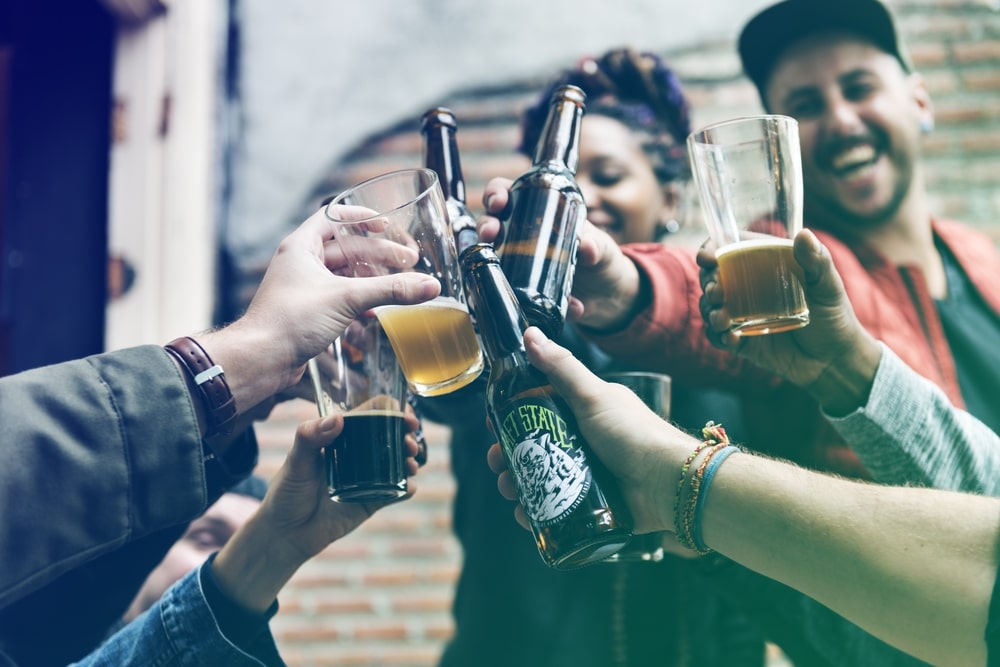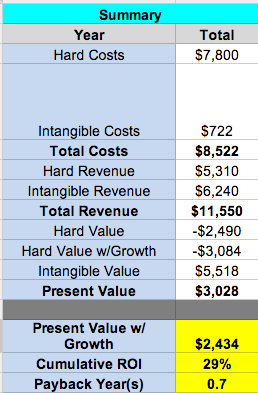I have been wanting to cover this topic for a while now because it is pretty fun and lighthearted. Luckily I got just the nudge I needed last week when my Dad decided to try his hand at home-brewing. A few years ago, this would have surprised me, but I have come to realize that my parents keep getting cooler and cooler with age.
So of course I got him to fork over the cost and time details for his first batch of hefeweizen, and I hate to break it to you, but from an investment perspective, it ain’t pretty. But, really, who is brewing to save money? Not me, and not most of my friends. Brewing is a DIY activity that most people enjoy and take pride in, in and of itself. Sort of like cooking, but cooler and more populist.
I mean, being able to whip up a soul-warming pho or some homemade sweet plantain arepas is pretty sexy, but nothing sells like making your own beer. It just appeals to the masses. Beer is the great unifier… even people at The Harvard School of Public Health say you should probably be drinking more of it.

Which brings us back to the ROI analysis. I read somewhere that the average American consumes 4 drinks per week, but my age group, or at least the people I know tend to drink a little more than that. So I built this analysis around the assumption that someone drinks 10 drinks per week (1 per day Monday through Thursday and 2 per day on the weekend, roughly in line with the optimal amount for health according to the linked Harvard Nutrition Source article above). This is a little more aggressive than my standard practice of assuming the American average, but I will include numbers for 4 beers per week as well below.
Of course, if saving money is your top priority and you are having 10 drinks per week, you should probably cash in on the low-hanging fruit in your alcohol budget and simply reduce your consumption before thinking about brewing your own beer.
I also assumed that if you want to brew your own beer, you are probably going to reach for that craft brew six-pack of Ommegang BPA instead of Busch Light at the grocery store, although I have to admit that either is an admirable choice in my opinion. More assumptions are listed and discussed below, but let’s jump into the numbers.
The financials for NOT brewing your own beer, but buying fancy six-packs instead:
- 10-Year NPV: $2,434
- 10-Year ROI: 29%
- 10-Year Payback: 0.7 years

So why does brewing your own beer cost almost $2,500 dollars more than buying the equivalent number of craft-brew six packs over ten years? What really kills the ROI in this example are the time costs associated with brewing your own beer. Going to the grocery store or gas station is a lot quicker on a per beer basis than brewing your own. If you brew your own beer, I’m estimating about 6 hours of labor involved, and at $10.00 per hour, that puts you in the red.
However, as I mentioned above, for a lot of people, brewing is a labor of love. And actually, if you take time out of the equation and look at the “Hard Value w/Growth” number above, you will see that you do in fact come away with an additional $3,100 after ten years. This is because home brews cost about $1.00 per beer while store bought cost about $1.50 per beer by my estimates (again not including time costs).
For me, the time-value costs are probably somewhere closer to $5.00 per hour because as much as I love showing off and drinking my own homebrew, I sort of dread the whole sterilization process (cleanliness is next to godliness in brewing). At $5.00 per hour, brewing is stlightly more profitable than buying.
Finally, keeping with the spirit of beer populism, using the 4 drinks per week American average we get the following for NOT brewing your own beer:
- 10-Year NPV: $1,071
- 10-Year ROI: 31%
- 10-Year Payback: 0.6 years
There are probably economies of scale to be had by, say, kegging versus bottling, or increasing the size of your batches, but those same economies of scale are also available for a lot of commercial microbrews (kegs, growlers, etc.).
So what all these cold boring numbers tell me is that you should brew for the fun of having your own beer around to share and enjoy with friends and family. There are other potential benefits too such as controlling how your beer is made and knowing what kinds of chemicals and ingredients are in your food. Also, you can exercise your creative power by trying new techniques or flavor combinations that aren’t commercially available. And finally, if society ever had some sort of major catastrophe that set us back a century or two, at least you would be familiar with the basic concepts of fermentation 🙂 . On the flip side, there are benefits to buying commercially produced beer as well, such as consistent quality (homebrew experiments have been known to go awry on occasion) and convenience.
Hopefully this is enough information and commentary for now because I’m starting to get thirsty with all this booze talk. Luckily I have some cranberry hibiscus mead on deck in the refrigerator. If you are interested in brewing for its own sake, I would say definitely check it out. It is pretty easy and rewarding, especially if you are doing something like mead or fruit wine (I love mead because it is so simple to make… no boiling, just honey + water + yeast + time). But beer isn’t that hard either.
Go talk to the guys at your local brew supply store. Or if you are feeling adventurous you can buy a kit from amazon and watch a few youtube videos to get started.
Also, you can check out my favorite mead recipe below – Dry Hopped Apple Cider Mead.
Cheers-
FG ROI
Assumptions
- No bottle costs (re-using old bottles).
- Equipment costs $110 every 10 years.
- Batch costs about $40 per every 5 gallons.
- Drinking 10 beers per week (for optimal health of course)
- 6 hours of work per 5-gallon batch
- Alternative is buying $9.00 six-packs
- It takes about 5 minutes to buy beer at the store
- Savings grow at inflation adjusted 4% per year
Dry-Hopped Apple Cider Mead Recipe (pictured at the top of this post)
- 4 lbs honey
- 3 gallons apple juice (I used Trader Joe’s)
- 2 gallons water
- cider yeast (I used Wyeast Direct Pitch Activator – Cider 476)
- 1.5 oz fresh hops (I used cascade variety)
This will give you a nice, summer-drinking dry cyser with about 6% alcohol by volume. I also carbonated mine with some extra honey before bottling. You might have to wait 1-2 months to get the mead fully clear, but it is worth the wait.